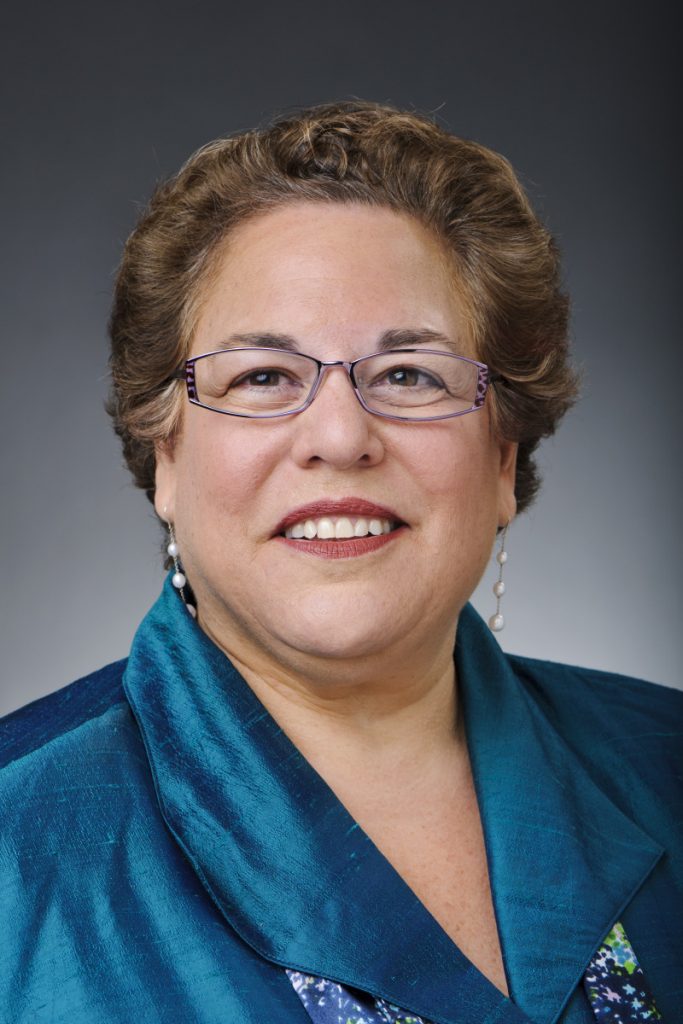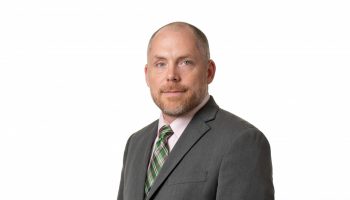SARAH VEST – STAFF WRITER

“Gattaca,” the 1997 movie that tells the story of a future society where people are able to design and optimize their children by editing their genes, is what many people think of when they hear the words “genetic engineering.” At least, that’s what R. Alta Charo thinks.
Charo is the Warren P. Knowles Professor Emerita of Law and Bioethics at the University of Wisconsin at Madison, where she has taught in biotechnology law and ethics at the law school, medical school and biotechnology studies program. Currently, she is serving as the inaugural David A. Hamburg Distinguished Fellow at the Nuclear Threat Initiative, focusing on biosafety and biosecurity.
She will be giving her lecture on genome editing and the ethics surrounding the use of the technology as a part of the Chautauqua Lecture Series at 10:30 a.m. Wednesday, July 7 in the Amphitheater.
What is important to understand about genetic engineering is that there are two kinds, Charo said. The first is somatic, which only affects the person who receives the therapy. The second is germline editing, which is when scientists edit gametes or embryos in order to make changes that the children of those who receive the therapy would experience.
“We’ve already had incredibly exciting results in a variety of diseases,” Charo said.
The kinds of diseases that Charo is referencing are ones that cause blindness due to genetic retinopathy and sickle cell disease. However, there are still challenges to making gene therapies for those diseases available to a broad part of the population that might need them.
According to Charo, germline editing — like that seen in “Gattaca” — is “far less likely to be used in the future.” Even if this kind of editing were legal, there is not as great a need for it, as there is for somatic editing.
“The reality is that, right now, we’re talking about the possibility — and it hasn’t been realized yet — of safe and effective techniques to change a single trait from disease-causing to ordinary, not to optimize,” Charo said, “to change something that might cause somebody to have Huntington’s Chorea, which will usually kill you early after a long period of decline, and instead make them average.”
Charo said it is critical to distinguish between what will affect only an individual versus things that will affect their children. The fear of genetic engineering giving someone a competitive edge over others is a fear that she thinks needs to be examined. She uses her own cataract surgery as an example of this.
“When they removed the lens in my eye and put in a substitute, they didn’t give me a lens that would give me back the bad eyesight I had naturally all along,” Charo said. “They gave me back a lens that could give me 20/20 (vision) in that eye.”
To examine another kind of competitive edge, she pointed to Southern California, where many people have undergone plastic surgery in order to enhance their appearance. Studies have shown that people who are more aesthetically pleasing tend to have an edge in getting a job or a raise. Even things as simple as better nutrition, vitamins and training that are available to some and not others, can give a person a competitive edge.
“We see all of these things all the time,” Charo said. “We have to really decide which ones bother us and why. I think of gene editing and gene therapy — somatic editing — as just another example of that. It’s helpful to just step back and ask, ‘What am I really concerned about? And do I want to be consistent in what I accept or what I reject as acceptable?’ ”
Charo also thinks the public perception of what genes are capable of versus the reality of what genes are capable of, and how they function, is skewed toward the impossible.
“We think the genes … are highly penetrant and highly determinative, but in fact, they’re up and down, regulated by a number of other factors,” Charo said. “So until you see how that gene is going to operate all the time in somebody, you really don’t know what the outcomes are going to be.”
Charo sees it as not specifying a certain trait, but as changing the outer limits of what a person would have been able to achieve on their own. Looking at height as an example, gene editing could make it so someone doesn’t end up very short or very tall, but it is not possible to specify an exact height. Too many other factors go into determining height besides genes and gene sequences.
“I think there’s an excessive belief in how much control we actually have,” she said.
Charo thinks that an important aspect of her morning lecture is the difference between public policy and personal morality. She views debates over abortion and in vitro fertilization and the circumstances surrounding the use of these tools as “legitimate disagreements about personal morality.”
However, public policy deals with whether something should be prohibited or not — a different question.
“It goes now not only to the morality of the action, but also to the kind of society we want, and how much we are a society in which people can do what they want to do until it actually hurts somebody else in a very concrete way,” Charo said, “versus a society that is trying to come up with some kind of ideal communal existence and will shape freedoms to achieve that existence.”
These two ideas present very different kinds of political visions and, according to Charo, require different kinds of conversations.
“When people debate these things, I always encourage them to start by saying, ‘I’m going to talk about my personal morality here,’ or ‘I’m going to talk about what I think the government should be doing here,’ ” she said. “Because those are different debates.”




